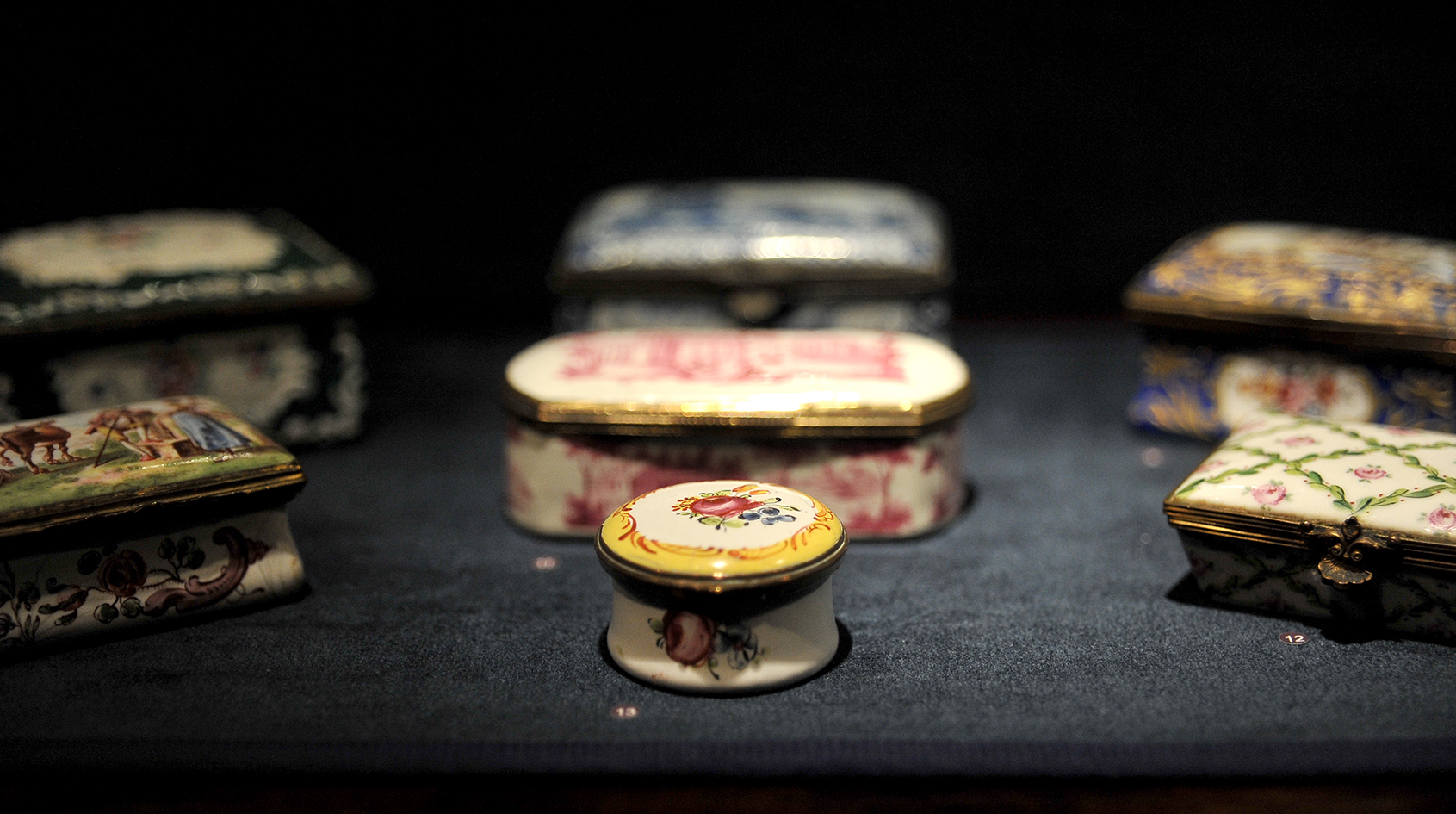 Last Sunday in Pink magazine, I wrote an article that was something a bit new for me. It was all about this wonderful exhibition at Palazzo Falson – Snuff Boxes. Here’s the article as it appeared.Fashion blogger and stylist Caroline Paris puts her historical hat on and reviews an exhibition of snuff boxes, transposing them from the 16th century to the present, and daydreaming about a modern-day use for what were once quite a fashion statement and what could be considered the ultimate accessory.
Last Sunday in Pink magazine, I wrote an article that was something a bit new for me. It was all about this wonderful exhibition at Palazzo Falson – Snuff Boxes. Here’s the article as it appeared.Fashion blogger and stylist Caroline Paris puts her historical hat on and reviews an exhibition of snuff boxes, transposing them from the 16th century to the present, and daydreaming about a modern-day use for what were once quite a fashion statement and what could be considered the ultimate accessory.
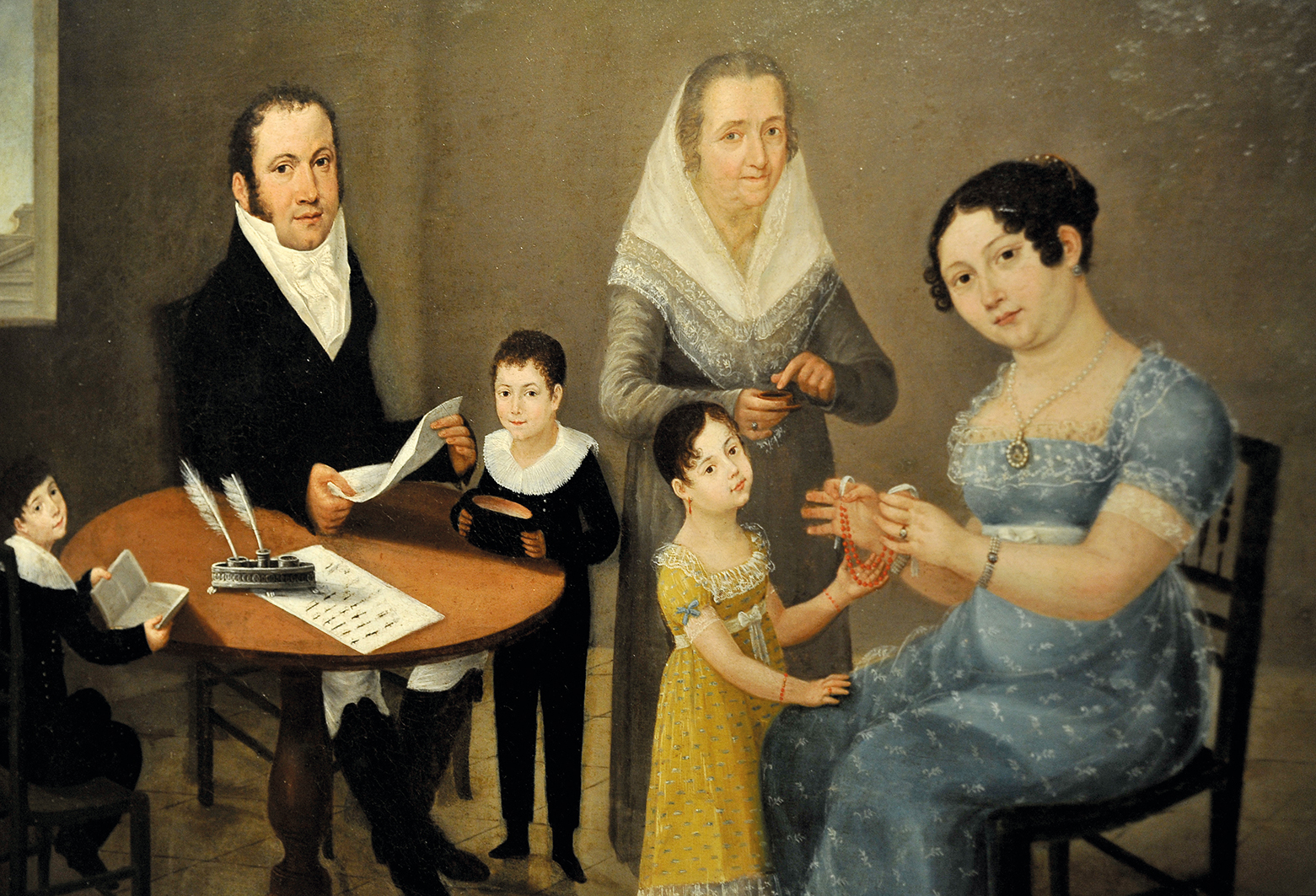
So, onto these curious little boxes… As the name implies, they had the all-important role of holding the snuff. Since the nobles were very passionate about their snuff, they were not keen on spending time apart. This meant they needed to carry it around. It was also customary for them to bring out these boxes and indulge in some snuff while in the company of their friends and at gatherings. The boxes also needed to be small and airtight to ensure that the snuff would remain fresh.In keeping with the elaborate dress code of the time, it stands to reason that they wouldn’t have let the opportunity to own beautiful snuff boxes pass them by. So, the practice of getting them commissioned began and many of the results are true works of art. The snuff box was seen as something akin to a piece of jewellery, and in fact, various materials, including gold, silver and mosaic, were used, with the more elaborate ones being the French gold boxes from the 18th century.
Snuff-taking could almost be described as a ‘ceremonial’ process; they had it all down to a fine art – from the way they held the box, to the way they would take the snuff out and nestle it in their hands, ensuring they didn’t spill any. Indeed, they were well trained. Of course, the box itself played a very important role in this whole ‘ceremony’.So popular did snuff become that in many portraits, both male and female, the boxes featured as a prominent accessory. But as popular as snuff was, it was not without its haters.The practice is, after all, actually quite vulgar: the dark tobacco leaves and the method of inhaling them through the nostrils meant there were often bits of snuff pouring down – not exactly what you’d expect from a woman in all her finery.I, on the other hand, would give my snuff box another use… Whenever I visit exhibitions that relate to costume, I almost always start daydreaming of how to bring the static objects on display to life in today’s world. I hate leaving things in the past. I believe there are uses for most antique objects in the present, even if the original function is no longer an option.In the case of these boxes, each one is more exquisite than the other and my dream would be to acquire one. Now to justify that… If I did, I would wish to show it off, of course, but I don’t use snuff and I don’t plan to anytime soon. I do, however, use make-up and make-up needs to be reapplied, right? So I’d need one as a lipstick holder. It wouldn’t have to be large; I own many small lipsticks.Picture the modern-day snuff box ceremony: stretch your delicate fingers [complete with red nails] into a leather handbag – not a large one that requires you to dig around for things and kill the elegance – and bring out your intricate, perhaps gold, holder.
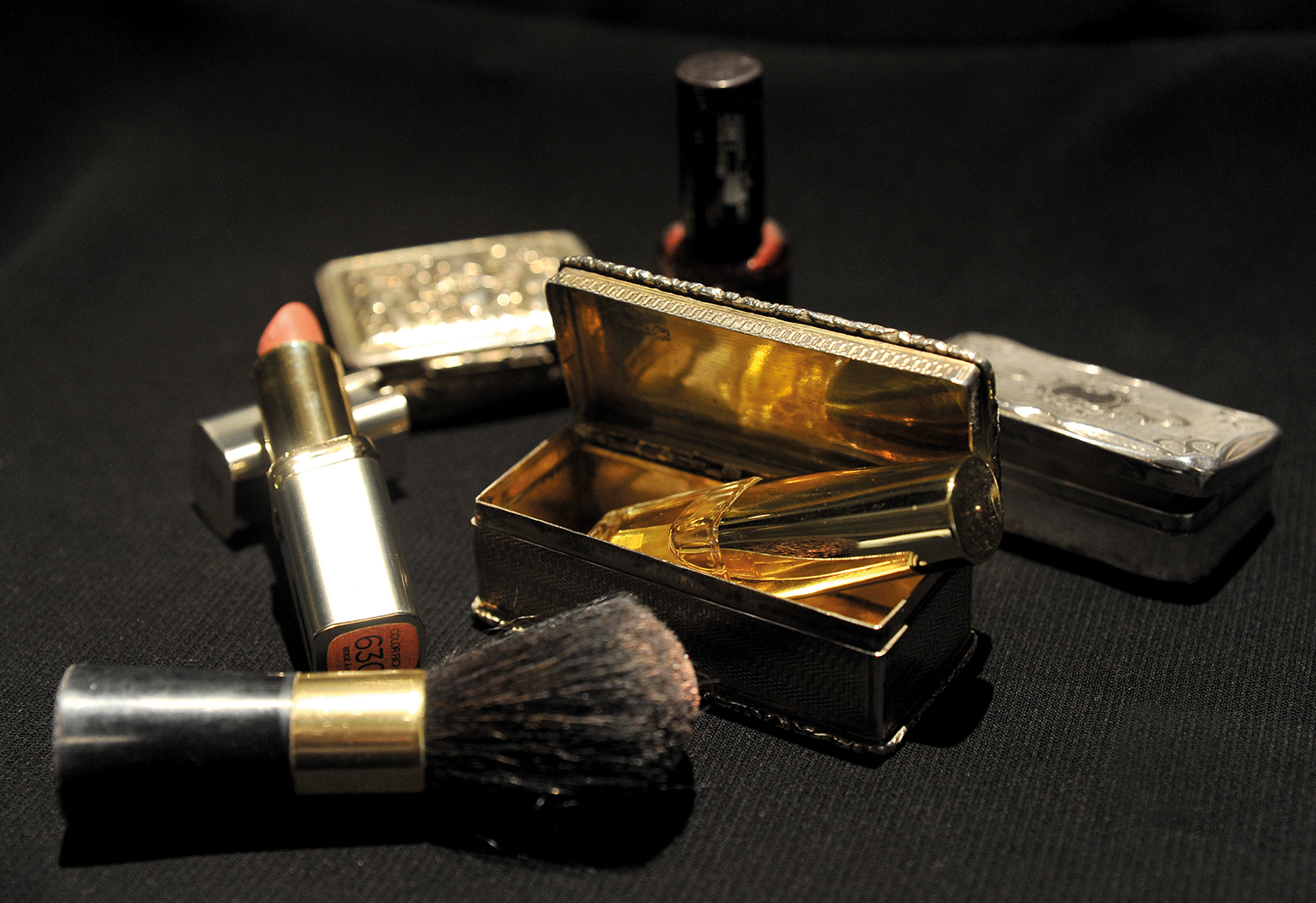 A larger version, on the other hand, would make a good jewellery box, maybe for a string of pearls, or smaller objects like brooches. This would be less of a showpiece though, and its use would be more of a private nature.
A larger version, on the other hand, would make a good jewellery box, maybe for a string of pearls, or smaller objects like brooches. This would be less of a showpiece though, and its use would be more of a private nature.
But back to the past and the exhibition itself… It’s simply fascinating, filling you with curiosity, which you can satisfy thanks to the ample information on how, where and why these boxes were used and also by who.These are objects that represent a time in history, a whole culture; that tell so many stories. Displayed alongside portraits that feature them and snippets to explain their history, they are showcased in unique ways, including what resembles an antique shopfront of ‘curiosities’ and in the manner a prominent collector would set up his own snuff boxes.Once you’ve taken it all in, conjure up your own modern-day fantasy about which one you’re keeping and what you’ll be using it for.
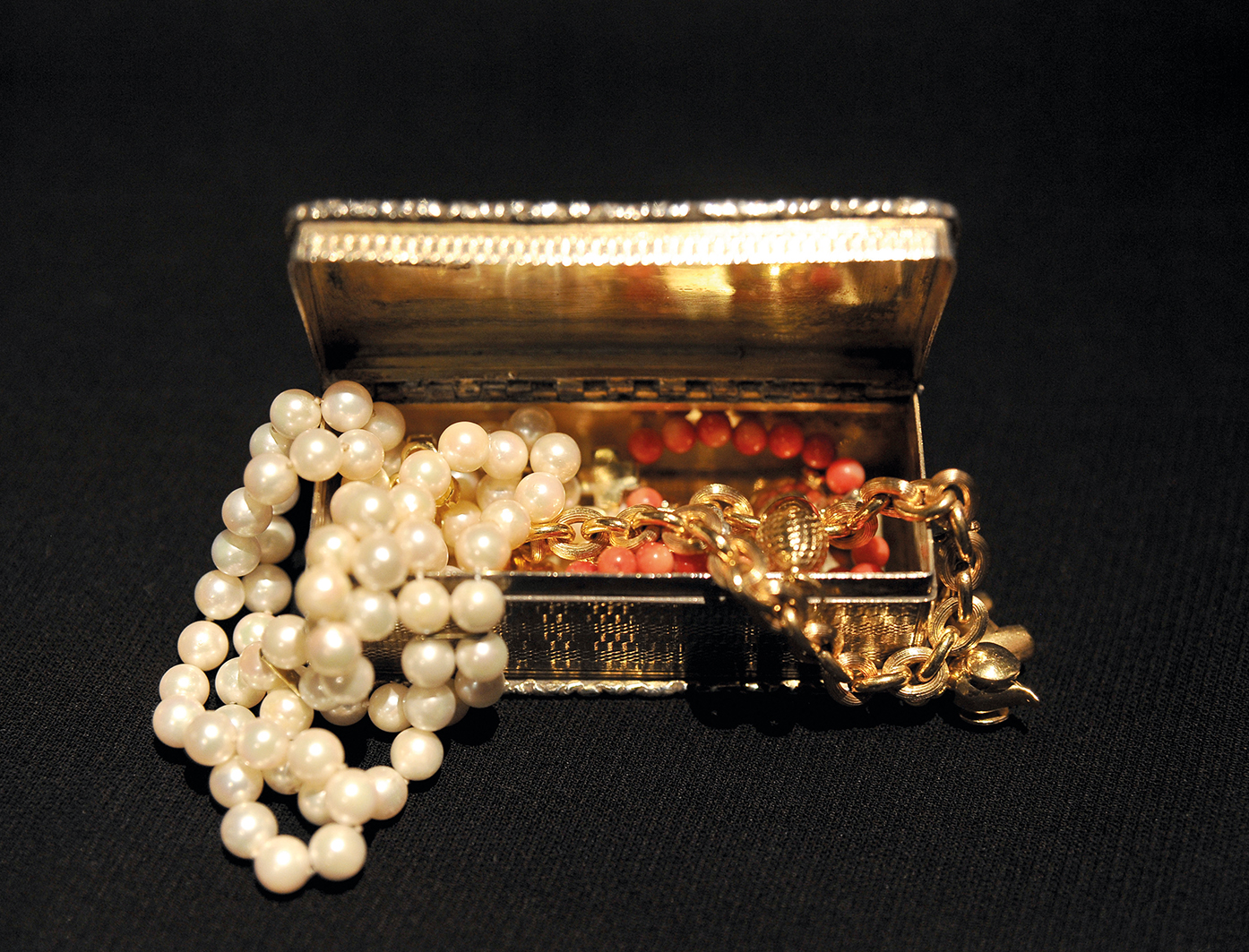
Snuff Boxes: From Accessories to Objets d’Art brings together 200 snuff boxes and related artefacts in a show that charts their history. The exhibition is open from Tuesday to Sunday at Palazzo Falson Historic House Museum, Villegaignon Street, Mdina, from 10am to 4.30pm until February 26. Entrance is free.
Photography Chris Sant Fournier


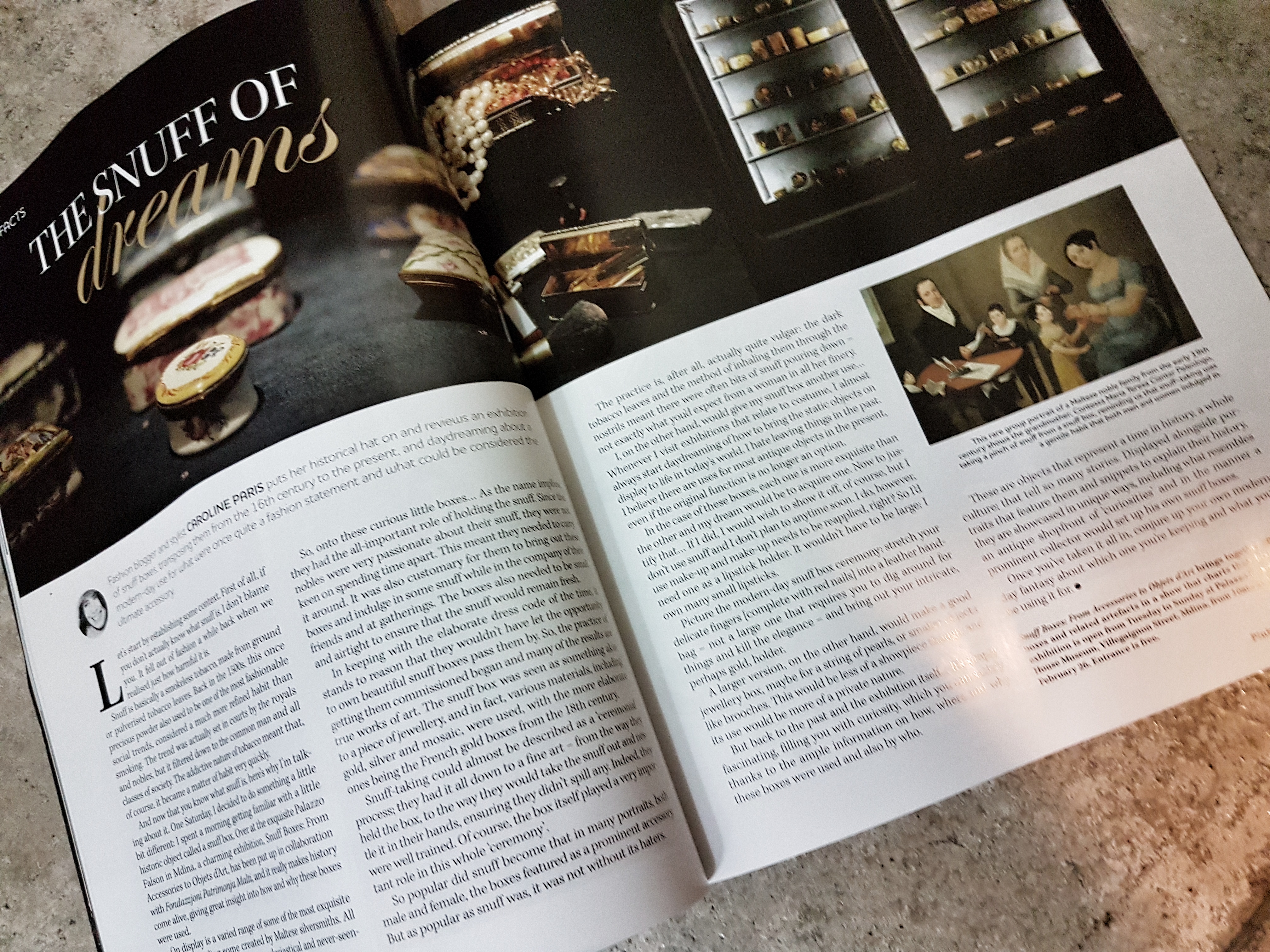

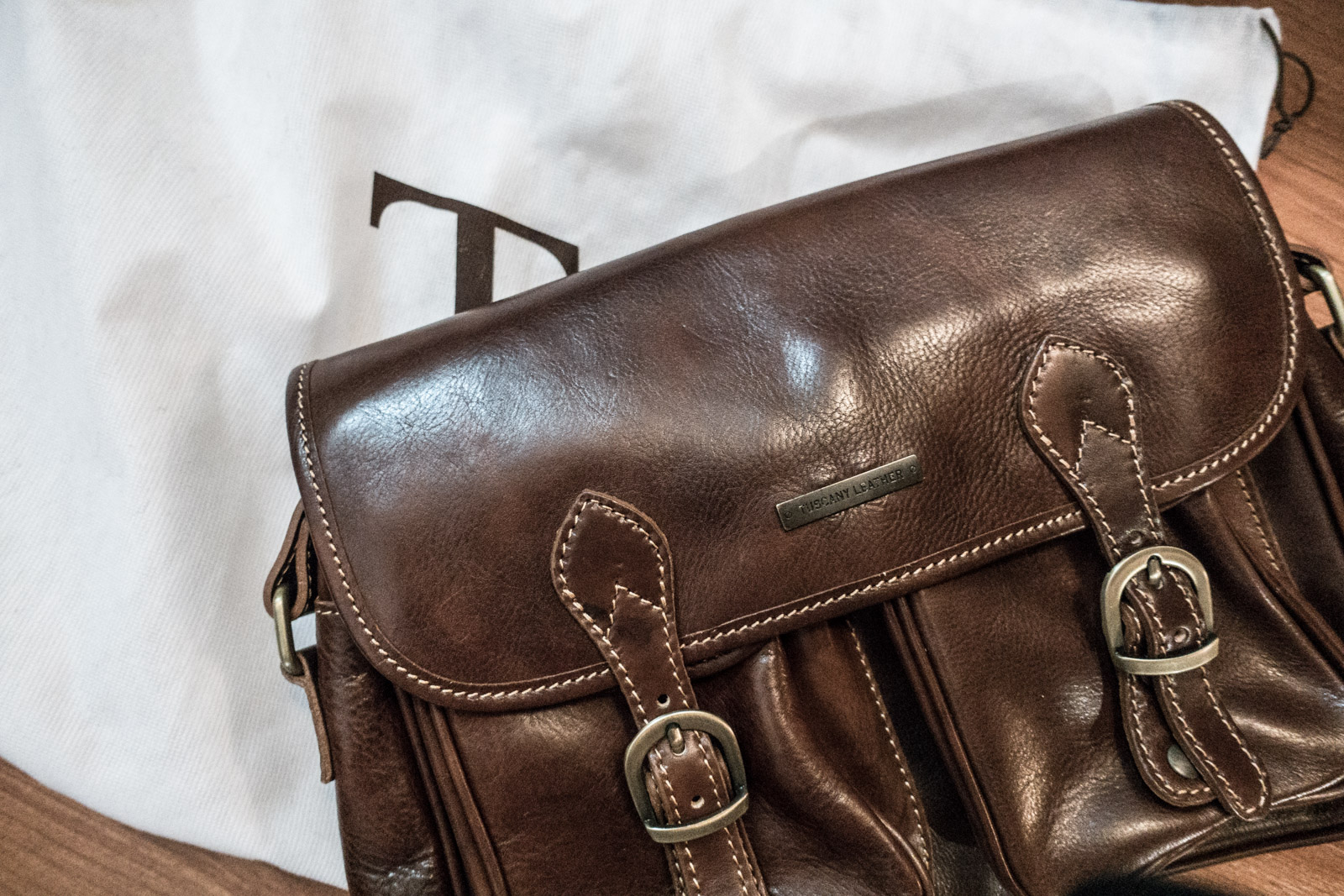

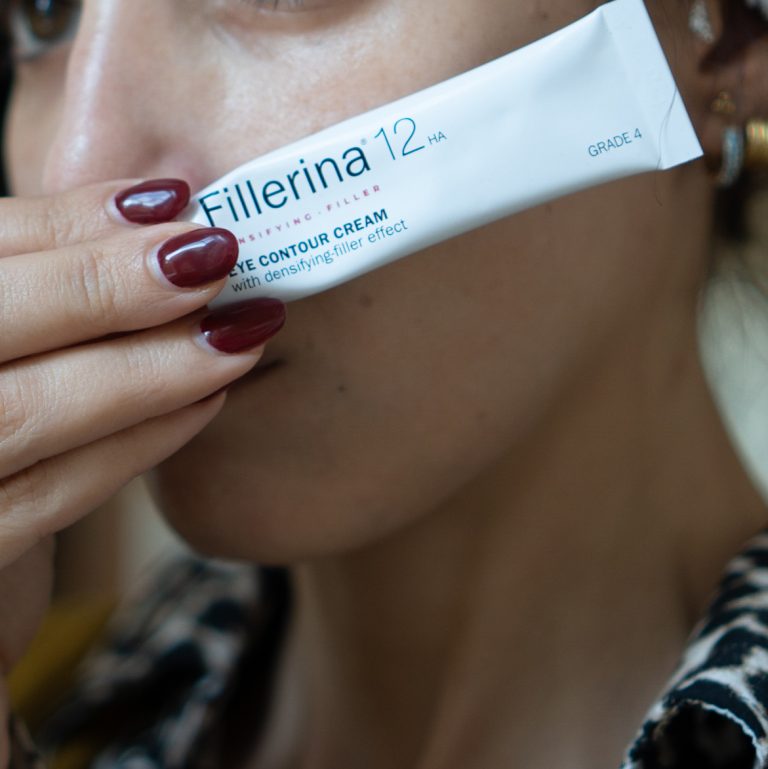



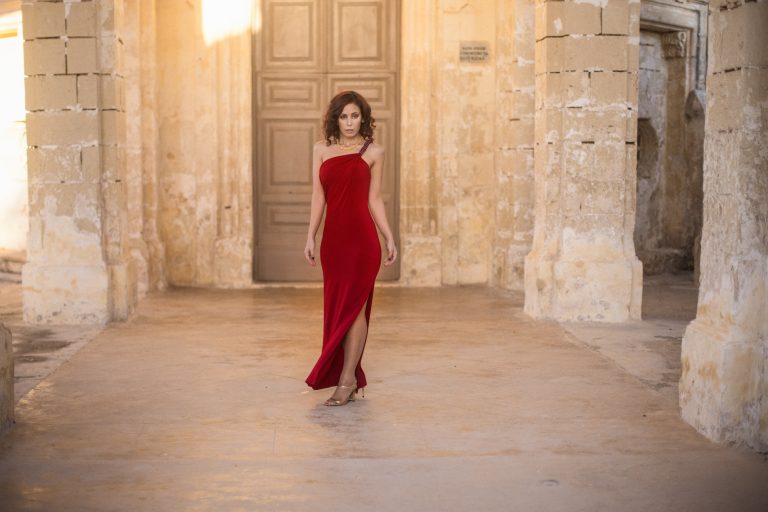

Comments